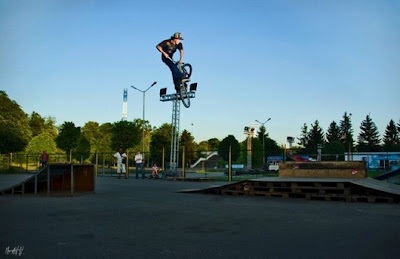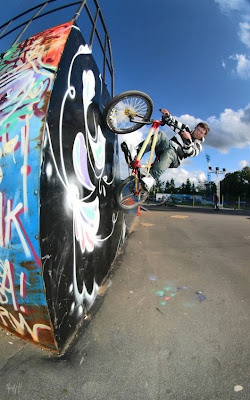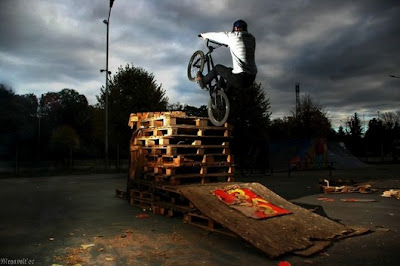Fire walking barefoot over a bed of red-hot coals has been a human rite of passage in many cultures as a test or proof of faith for more than 3,000 years, and still practiced today throughout the world, from tribal rituals for rites of healing, initiation, and faith, to New Age motivational seminars and so-called alternative health remedies.

Walking across 1200°F embers barefoot defies all sense and logic — yet firewalking has become a popular motivational exercise around the globe.
Walking on fire has existed for centuries with records dating back to 1200 BC, and became popular in America during the 1970’s when author Tolly Burkan began a campaign to demystify the practice. The demand for fire walking classes became so great that Burkan began training instructors and offering classes in 1984.
“As soon as you believe that you can do this without burning your feet, you have the confidence to take that first step.” says Tolly Burkan, founder of the Fire walking Institute of Research and Education (FIRE), which conducts self-improvement seminars using firewalking as an inspirational tool.
“Fire walking is really a metaphor.” says Burkan. “If you can do that, you can go and ask for a raise.”

But how is fire walking possible? Does it really require a positive mental state? Or is it simply a lot less dangerous than it looks?
Debunking Firewalking
There are 2 competing sets of explanation for fire walking. Scientifically, there is very little conductivity between the hot coals and feet. As long as the length of the walk is short and the walkers move fairly quickly, there is little room for harm since very little heat transfers to the feet.

The paranormal explanation believes that walkers place themselves into some sort of altered state of consciousness, or they’re placing an energetic force field around the body that prevents harm.
“They claim that your mind somehow protects your feet, but it’s normal physics that’s operating in the firewalk.” physicist Bernard J. Leikind says.
“This is about ancient tradition — Buddhists practiced firewalking, the Hindu religion had firewalking in it, the Native Americans firewalked.” says Tolly Burkan
To prepare a firewalk, Burkan burns large oak logs down to sizzling red embers, creating a bed of coals. The resulting heat reaches temperatures of over 1,000 °F.
Burkan believes that positive thinking actually changes the body’s physiology, allowing a firewalker to cross the coals safely.
“When you are in the right state of mind the blood flows through the soles of your feet and takes the temperature away from the tissue, and that’s why you’re not burned.” Burkan claims.
“None of it has to do with their psychological state.” Leikind says. “All of it has to do with ordinary physics.”
“You don’t burn your feet in the firewalk because you’re walking on things that have poor thermal conductivity and low heat capacity.”
“Even though they’re at a high temperature, they don’t have as much energy as you might think, and they aren’t very good at putting it into your foot.”
“To understand the physics, imagine baking a cake. The cake’s been in the oven for a half an hour, and everything in the oven is at 325 °F. But you don’t worry about the 325 °F air burning you, or the 325 degree cake, only the 325 degree cake pan.” Leikind added.

“Whether you are a physicist and believe in the laws of physics, or you believe in me because you trust me,” Burkan says, “as soon as you walk into the fire with a belief that you’re not going to burn your feet, you are in a different physiological state than the person who thinks they’re going to get burned.”
Believers in the paranormal have said that in this state of altered consciousness, it doesn’t matter how long the bed of coals is, one should be able to walk the length unharmed.
Researchers put this theory to the test with a 50 foot (15 meter) long fire bed, and asked a group of professional firewalkers that were firm believers in the paranormal explanation whether or not they would be able to walk the 50 feet, and they agreed that they could.
But after about 20 feet, they jumped off and burned themselves, in some cases fairly badly, proving that the paranormal theory simply is not true, but science at work.
“I’m not trying to use the firewalk as an example of contradicting any physical laws, I’m trying to give a sense of what’s possible, to experience the exhilaration of breaking through your limiting beliefs, which gives you the courage to attempt things you might not have attempted before.” says Burkan.

How Firewalking Works
What that temperature is, and how quickly it is reached, depends on the thermodynamic properties of the two bodies of different temperatures that meet. The important properties are temperature, density, specific heat capacity, and thermal conductivity.
The bodies in question here are human feet — which mainly consist of water — and burning coals.
Due to these properties, David Willey, professor of physics, says he believes firewalking is explainable in terms of basic physics and not supernatural or paranormal. He notes that most fire-walks occur on coals that measure about 1,000°F (537.75°C), but he once recorded someone walking on 1,800°F (1,000°C) coals.
“The 120 foot walk done by Sara Raintree and Jim Jarvis, and reports of longer walks and people remaining stationary for extended periods on the coals are currently under investigation by the author.” says David Willey.

Factors that Act Together to Prevent the Foot from Burning
• Water has a very high specific heat capacity, whereas coals and lava have a very low one, therefore the foot’s temperature tends to change less than the coal’s.
• Water also has a high thermal conductivity, and additionally, the blood in the foot will carry away the heat and spread it. On the other hand, coal has a poor thermal conductivity, so the hotter body consists only of the parts of the coal which is close to the foot.
• Moisture on the feet from sweat or from walking on damp grass instantaneously evaporates, causing a layer of steam between the foot and the coal. The layer of steam is a poor conductor of heat, which keeps the foot from burning — the Leidenfrost effect.
• When the coals cool down, the temperature sinks below the flash point, so it stops burning and no new heat is generated.
• The coals are often covered with ash which is a very good insulator, frequently used to insulate ice boxes.
• The coals are a very uneven surface, and the actual surface area of the foot touching the coals is very small.
• Firewalkers do not spend very much time on the coals, and they keep moving.
• Calluses on the feet may offer an additional level of protection, even if only from pain, however most people do not have calluses that would make any significant difference.
Risks When doing Firewalking Improperly
Even though firewalking can be explained with simple physics, there are still hazards. A group of managers from the KFC fast food chain in Australia received treatment for burns caused by firewalking in 2002 which was done over timber, a more efficient heat conductor than charcoal.

People have burned their feet when they remained in the fire for too long, enabling the thermal conductivity of the coals to catch up.
Coals which have not burned long enough can burn feet more quickly. Coals contain water, which increases their heat capacity and thermal conductivity. The water must be evaporated already when the firewalk starts.

Foreign objects in the coals may result in burns, such as metal which is dangerous due to its high thermal conductivity.
Wet feet can also cause coals to cling to them, increasing the exposure time.
























































